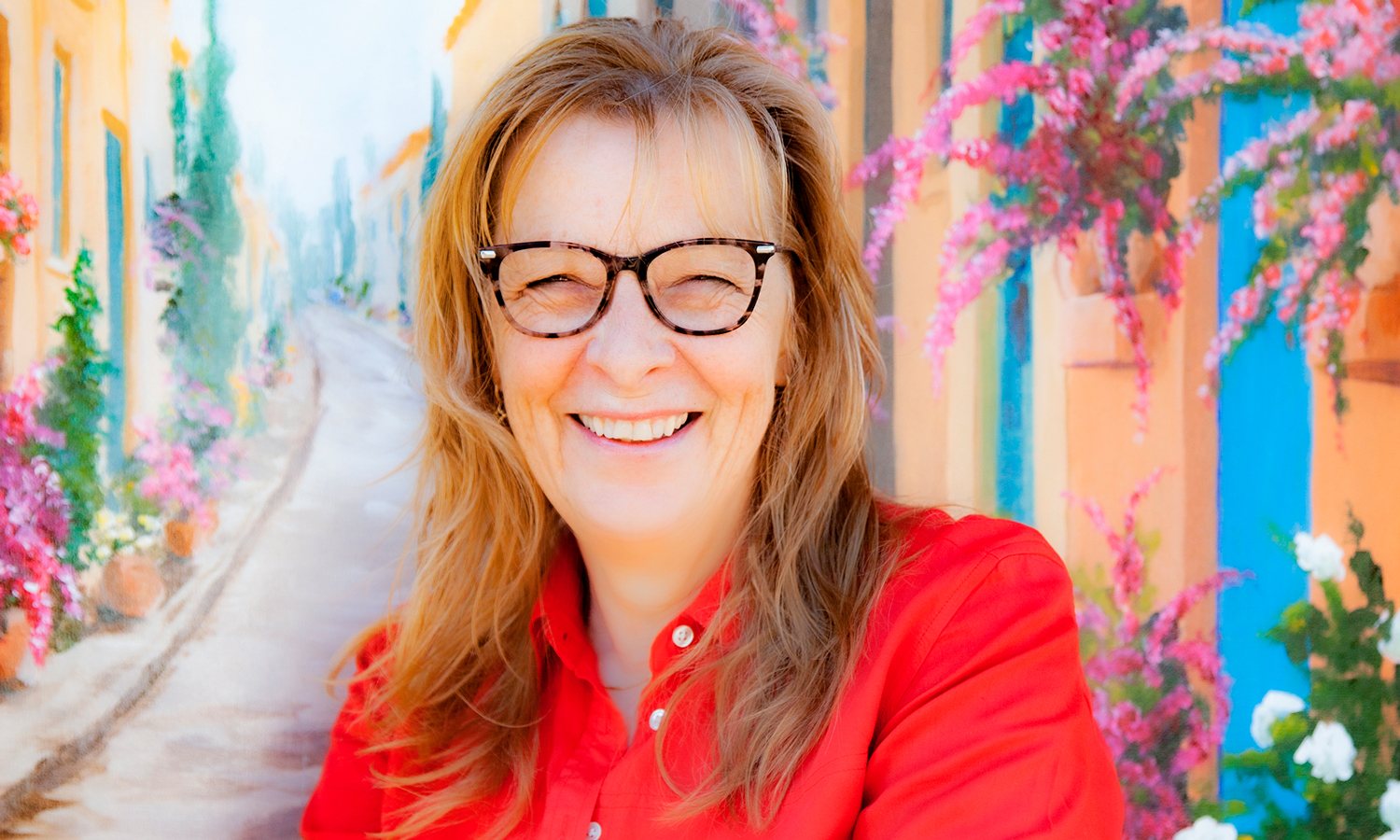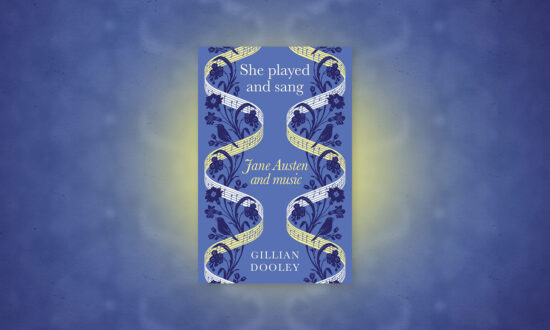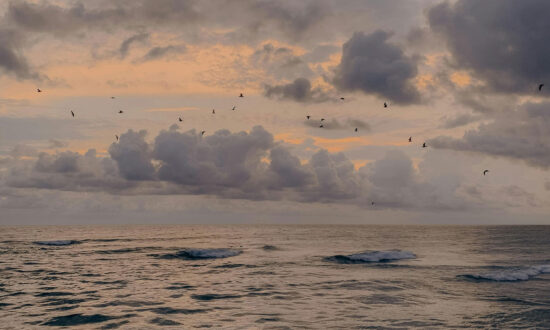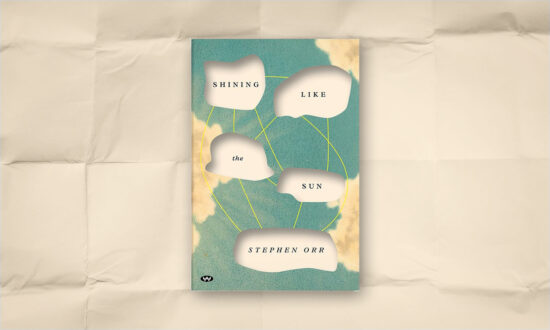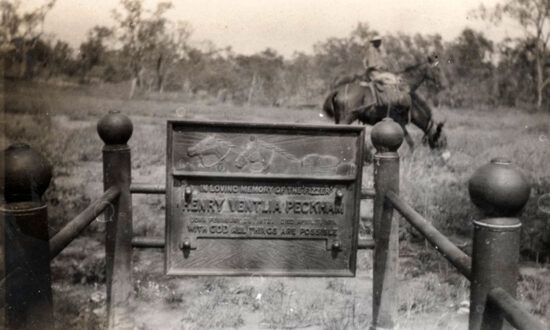Rosanna Licari
Have you ever wondered how a poem begins? While the term poetic genesis sounds biblical – which is ironic as poets can be such an irreverent bunch – it refers to the birth of a poem.
Writers can grapple with beginnings in all genres, but there are some basic moves that this poet uses to make it happen.
So where is inspiration, the creative spark that will ignite the poetic process? Here’s the thing: it’s everywhere and anywhere.
It can stem from personal experience (a biggie when it comes to inspiration), eavesdropping on conversations (a bit naughty, I know), art (a favourite of mine), film, nature (absolutely) or a subject area you are interested in.
The list is endless and depends on where my focus is. However, it’s essential that I’m passionate about what I’m writing. If I’m not committed, I just can’t fake it. I won’t get in the zone.
I often write outside my subject area (double major in Italian and drama). I love watching documentaries and reading about science, evolution and the natural world. I am constantly curious about what’s out there and how it happens.
This means doing research, as I have to have some knowledge of the processes and terminology of the area otherwise it won’t work. I can’t say the “thingo” that operates the “gizmo”, or the “whatsy” that makes the “stuff”.
Research is not as daunting as it sounds. Actually, it’s quite engrossing, and there are many credible and easy-to-read science journals on the web. For example, Live Science or Nature.
In my latest poetry collection, Earlier, a poem that fits the bill is Finding Lucy, Ethiopia 1974. I became fascinated with the discovery of a hominid, Lucy, discovered by Donald Johanson and his assistant Tom Gray. Lucy proved to be an important human ancestor.
Key discoveries and considerations were as follows: the team of paleoanthropologists in Ethiopia liked to listen to The Beatles. On the night of the discovery, a song that was played repeatedly was Lucy in the Sky With Diamonds.
Someone suggested the hominid be called Lucy and it stuck. The song was from the classic 1967 album, Sgt Pepper’s Lonely Hearts Club Band. Beatles tragics will know the story of John Lennon writing this song after his son Julian came home from nursery school with a drawing which he said was of Lucy in the sky, with diamonds.
Importantly, the Ethiopians named Lucy Dinknesh, Amharic for “you are wonderful”. Finally, I had to include some scientific facts. For example, the scientific significance and its scientific name (fossil AL 288-1).
I chose quite quickly to make it a narrative and wasn’t worried about the poem’s structure, that is, whether it would be in free verse or a prose poem. I had to incorporate the above not only into the narrative but into the poem’s language as well.
The most important thing always is to capture the words or ideas, using notes (in a notebook, on margins of the TV guide or on a paper napkin) and recordings (on my mobile). It’s from here that imagination and emotions kick in.
I pictured myself there. What’s going on in Johanson’s mind? What’s it like being in the desert? What would he see or feel? And so on. This is where the thrill is.
Some basic techniques were the repetition of concepts and language to build ambience – the heat, the searching, the locals’ reaction and the musical influence.
For example, I had Johanson’s “hat baking his brain”, the team was the “fervid expedition”. I alluded to the chorus of an early Beatles song (Yes, yeah) and juxtaposed that with what Johanson was feeling while he was tramping around the landscape. This personalised the narrative. Drafts later, the poem appeared.
The poem has to interest the reader right away, with all the threads coming together in the final version, which begins like this:
Asleep in the tent
Johanson’s dream is a mix
of bone shards, psychedelic dust
and fragments of lyrics
from three-chord Beatles choruses
Yes, yeah …
Hadar.
This place has to be full

Get InReview in your inbox – free each Saturday. Local arts and culture – covered.
Thanks for signing up to the InReview newsletter.
of hominid bones.
And so, dear reader, I’ve taken you to the beginning of the poem. I will leave you to find your way to the end.
Rosanna E. Licari is the poetry editor of online literary journal, StylusLit. Order her latest collection Earlier (Ginninderra Press, Port Adelaide, 2023) from the publisher or your favourite bookseller. Digital copies at ebooks.com and other online platforms.
ginninderrapress.com.au
Support local arts journalism
Your support will help us continue the important work of InReview in publishing free professional journalism that celebrates, interrogates and amplifies arts and culture in South Australia.
Donate Here
